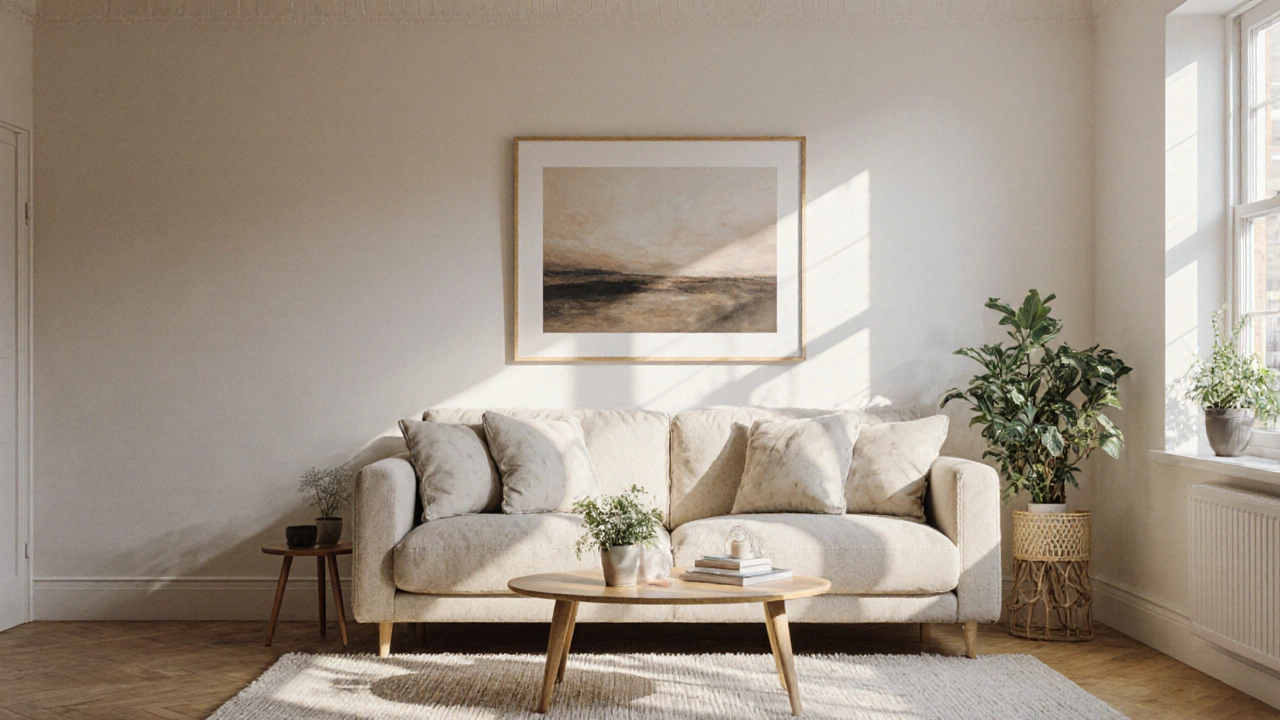Best Selling Art Print Sizes: What Works, Why, and Where to Sell
When you sell art prints, the best selling art print sizes aren’t just about aesthetics—they’re about practicality, framing costs, and where people actually hang art. A print that’s too big or too odd-shaped sits unsold. A print in a standard size? It goes fast. This isn’t guesswork. It’s what galleries, Etsy sellers, and independent artists have learned from years of sales data and customer behavior. The right size makes your art feel like it belongs in someone’s home, not just their screen.
Most buyers aren’t looking for custom dimensions. They want something that fits off-the-shelf frames. That’s why 8x10 inches, a standard print size widely used in home decor and photo printing dominates online marketplaces. It’s cheap to print, easy to frame, and fits perfectly above a couch or desk. Then there’s 11x14 inches, a slightly larger option that still fits common frames and offers more visual impact without overwhelming small spaces. These two sizes alone make up over 60% of digital art sales on platforms like Etsy and Society6. Why? Because people don’t want to hunt for a custom frame. They want to buy the print, open the box, and hang it the same day.
But size isn’t just about fitting frames—it’s about how art is displayed. 16x20 inches, a popular size for gallery-style wall groupings and statement pieces is the sweet spot for buyers wanting something bold but not massive. It’s the go-to for living rooms and hallways. Meanwhile, square prints like 12x12 inches, a modern, Instagram-friendly format that works well in collections and minimalist spaces are rising fast, especially among younger buyers who prefer clean, symmetrical layouts. These sizes align with trends in interior design: neutral walls, floating shelves, and curated wall galleries.
Don’t ignore the role of aspect ratio. A 4:5 ratio (like 8x10) is more common than you think—it matches phone screens and social media previews, making your art look good before someone even clicks buy. Landscape formats like 16x24 or 18x24 are great for above sofas or in long hallways, but they’re harder to sell unless your art naturally fits that shape. And avoid anything unusual like 10x15 or 13x19 unless you’re targeting professionals or have a very specific audience. Most buyers don’t want to deal with custom framing.
If you’re selling prints, your size choice affects your profit too. Smaller prints cost less to produce, ship faster, and have higher margins. Bigger prints? They’re pricier, but they also attract fewer buyers and need sturdier packaging. The sweet spot? Stick to the top four: 8x10, 11x14, 16x20, and 12x12. These sizes show up again and again in the posts below—from pricing guides to framing tips to real sales breakdowns. You’ll see how artists price them, how they bundle them, and why some sizes consistently outsell others.
What you’ll find here isn’t theory. It’s what’s actually working right now. Real examples from artists who turned prints into income. No fluff. Just the sizes that sell, the reasons why, and how to use that knowledge to make your next print run profitable.
